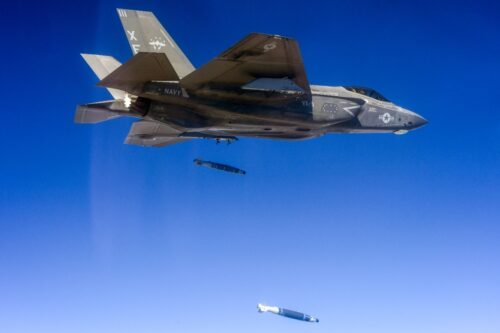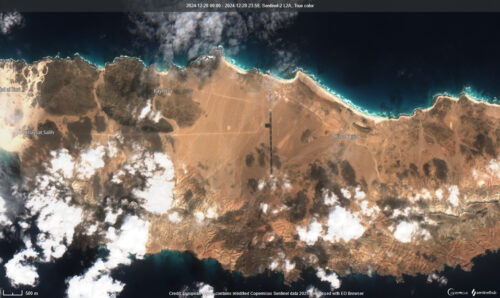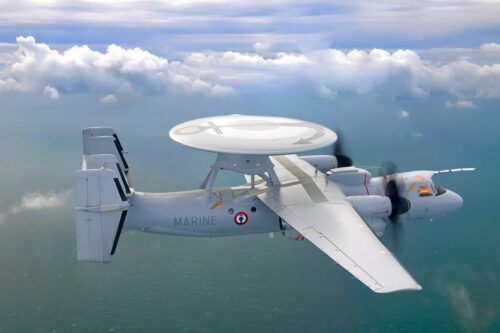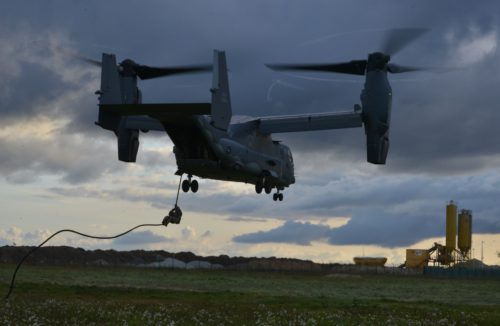The F-35’s United Operational Test Team has successfully conducted the first ever dual, external release of a GBU-54 Laser Joint Direct Attack Munition (LJDAM) from an F-35. This successful test, which took place at Edwards Air Force Base, California, marks a critical milestone in integrating the LJDAM across all variants of the 5th-generation fighter.

Photo: U.S. Air Force
Continue reading “LJDAM integration on F-35 progresses with successful dual external release”


